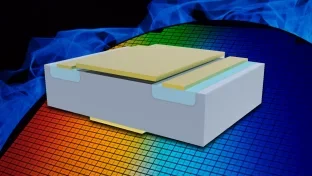
COURSES
In this learning track, we will first discuss the basic workflow for EME (Eigenmode Expansion) simulations, and when you should use EME simulations. Then we will cover some background on the calculations performed for the Eigenmode Expansion (EME) method used for Ansys Lumerical EME simulations. Following this, we will cover the basic settings of the Ansys Lumerical EME solver region, including the simulation region geometry, cell definition, periodicity, and boundary conditions. We will then discuss ports, cells, and monitors. We will also learn how to interpret the results obtained by running Ansys Lumerical EME simulations. Finally, we will discuss the sources of error in an Ansys Lumerical EME simulation and how to verify the accuracy of simulation results by using convergence testing and error diagnostics.
Note: The EME method makes use of the Finite Difference Eigenmode (FDE) solving algorithm, which is covered in detail in the FDE learning track. The FDE learning track is a recommended prerequisite for this course.
A track completion digital badge allows you to showcase your expertise and get recognized globally. With our badging platform, digital badges can be easily shared in email signatures, digital resumes, and social media profiles, helping you highlight your achievements. The digital image contains verified metadata that describes your participation in the specific learning track consisting of multiple courses. This digital badge is for successfully completing the Ansys Lumerical EME track.
-
Cost: FREE
- Course Duration: 6+ HOURS
- Skill Level: Beginner
- Skills Gained: Eigen mode Expansion (EME), Lumerical EME solver, Boundary conditions, Convergence testing
No reviews available for this learning resource.









